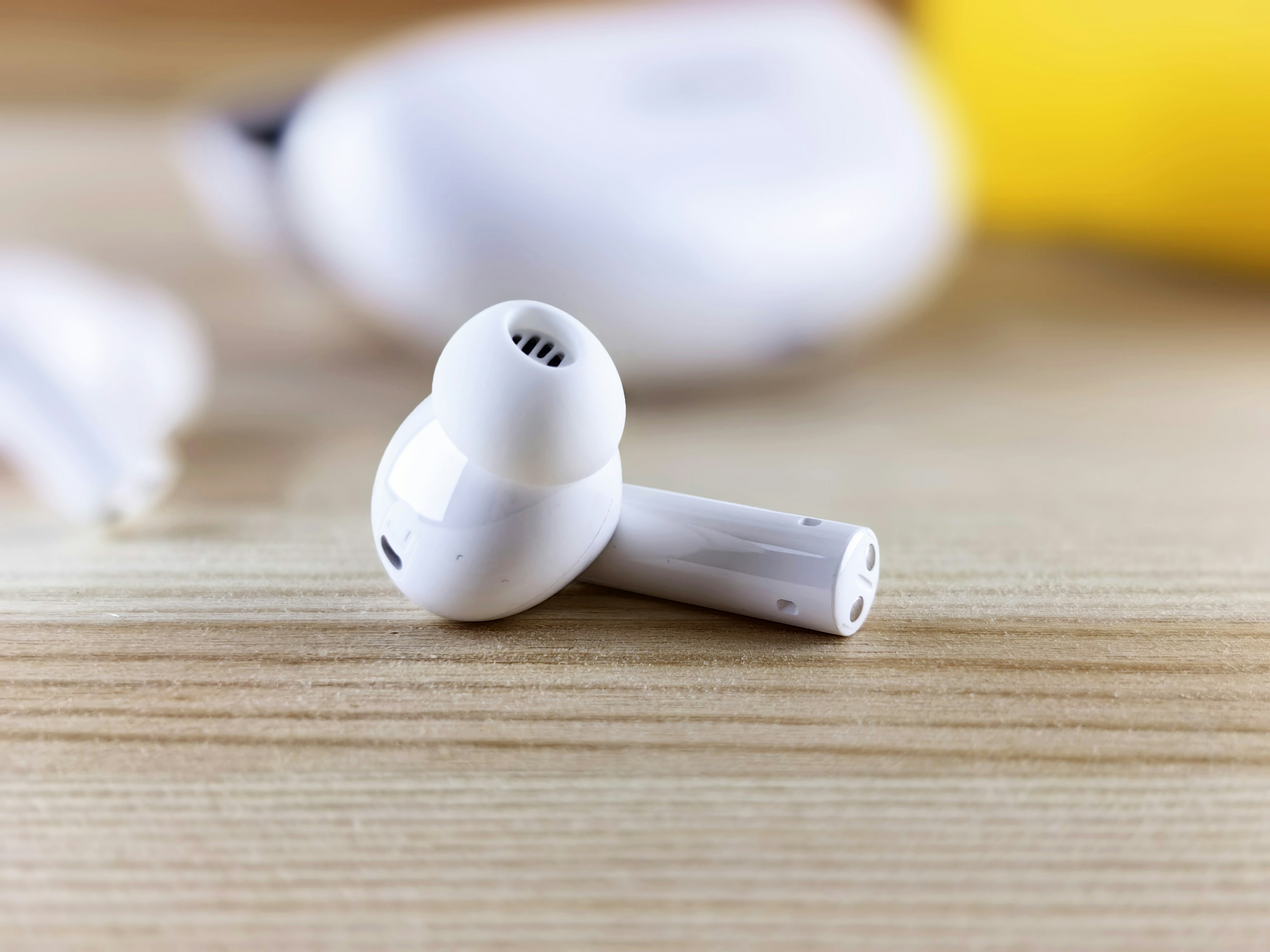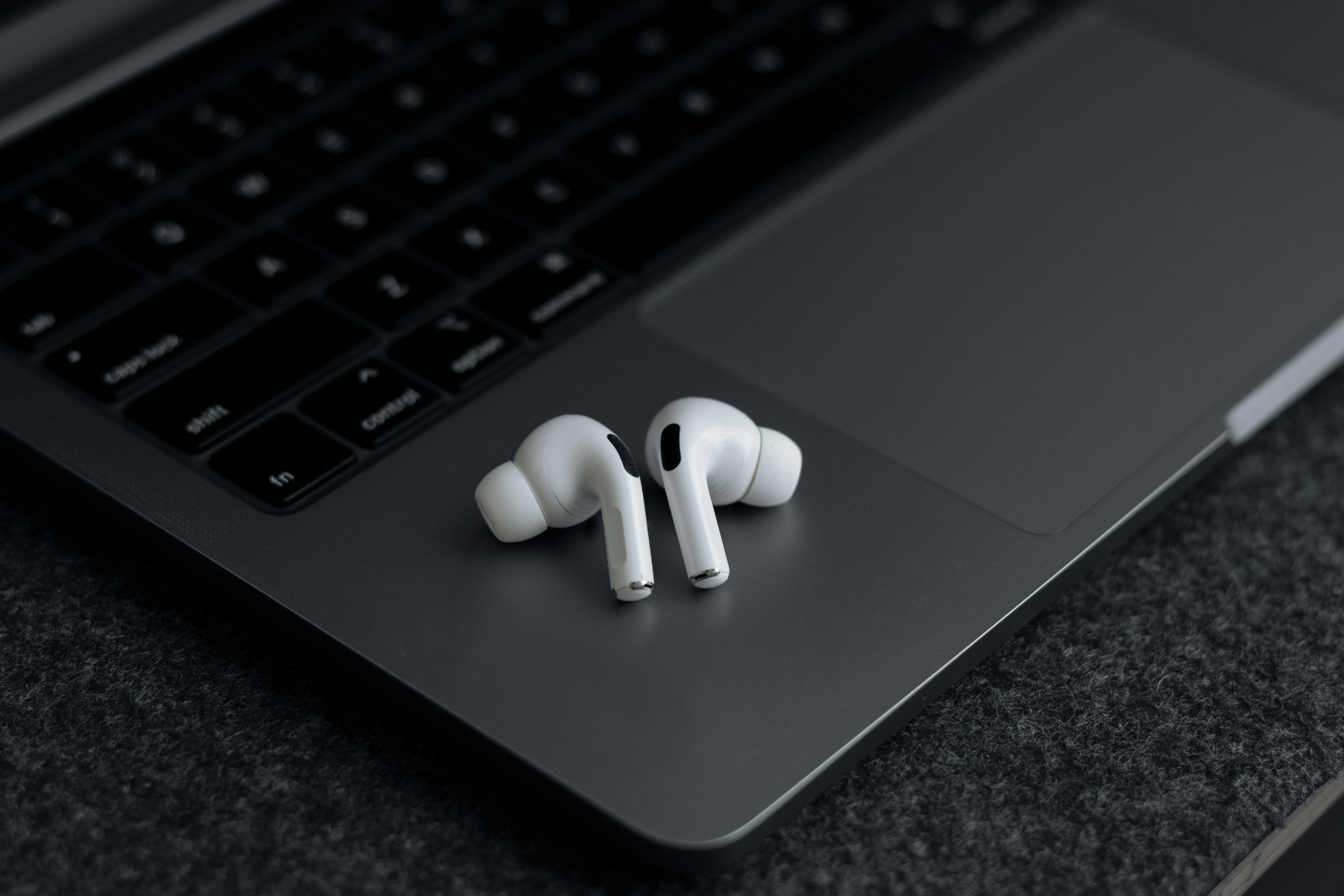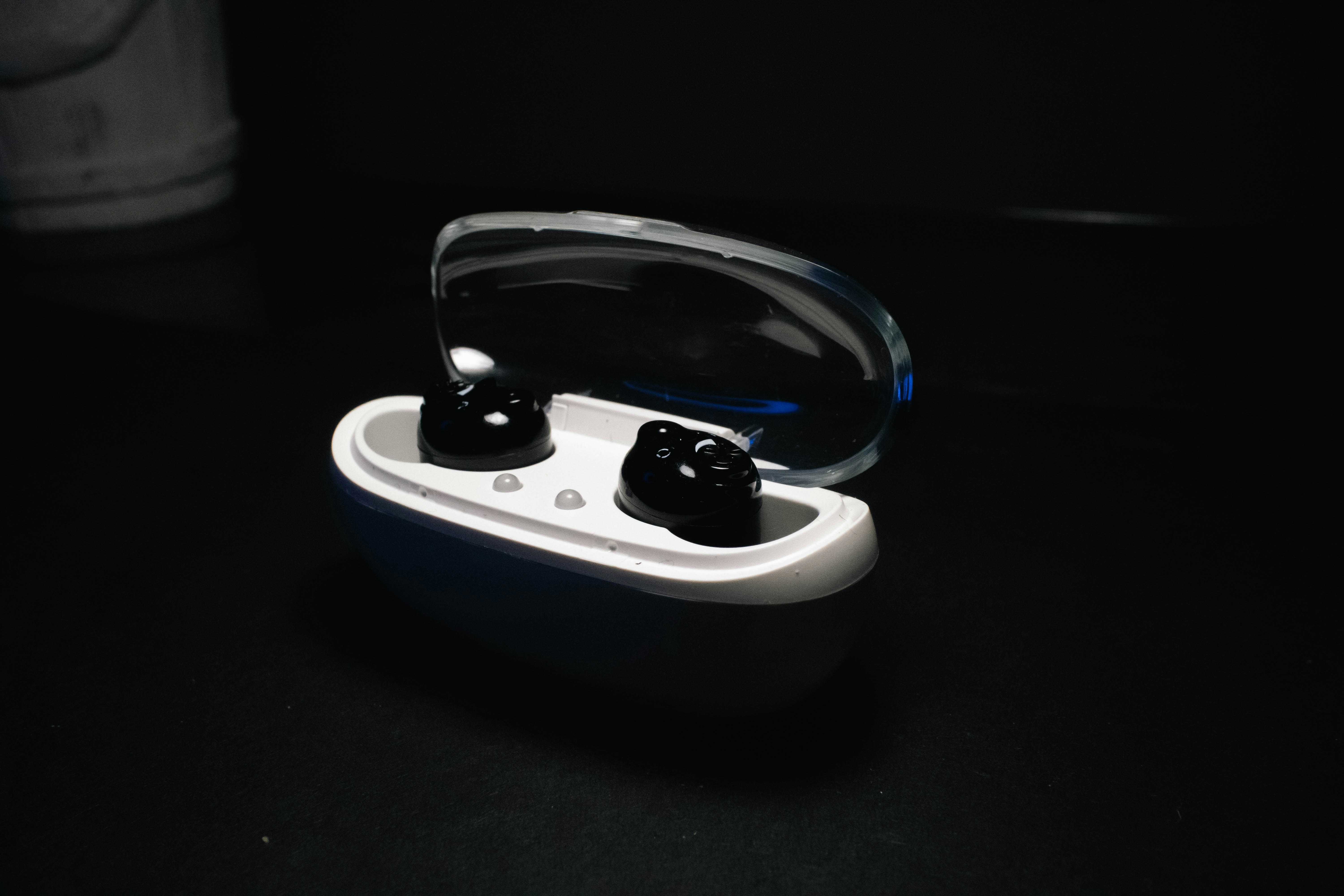Imagine checking your hearing as easily as checking your steps—pop in your earbuds, tap an app, and get meaningful answers. That future is closer than you think. But there’s a gap between cool tech demos and clinically reliable results. Let’s sort the signal from the noise so you can use consumer tools wisely—and know when it’s time to call an audiologist.
Why the excitement about “pocket audiology”?
For decades, hearing tests lived in sound-treated booths with calibrated equipment. That environment still sets the gold standard. But three trends are reshaping the landscape:
- Phones and earbuds now have remarkably consistent audio output and microphones.
- Researchers have validated quick screening tools that don’t need perfect calibration (think: numbers-in-noise tests).
- Over-the-counter hearing aids and in-situ testing are bringing more of the process into your hands—and your home.
The promise: earlier detection, more frequent check-ins, and fewer barriers to getting help.
What consumer devices can actually measure today
1) Pure-tone checks with headphones or earbuds
Several apps can present beeps at different pitches and levels to estimate your hearing thresholds. When done with supported headphones in a quiet room, these “screening audiograms” can give a reasonable snapshot—especially for mild-to-moderate, fairly flat losses.
Reality check: true diagnostic thresholds require known calibration, a controlled environment, and a trained professional. Consumer tests can be useful for trend tracking and flagging changes, but they shouldn’t be used to set medical diagnoses.
2) Speech-in-noise tests (the research workhorse)
Digits-in-Noise (DIN) tests play sequences of numbers amid background noise and adapt the volume to find the signal-to-noise ratio you need to understand them. They’re fast, language-agnostic, and resilient to earbud fit quirks—making them ideal for phones. The World Health Organization’s hearWHO app uses a DIN-style approach for global hearing screening.
Why this matters: many people with “normal” booth audiograms still struggle in restaurants and meetings. DIN-style tests can reveal these real-world difficulties early.
3) In-situ audiometry inside hearing aids
Modern hearing aids and some OTC devices can measure thresholds through the exact speakers you’ll wear, in your ear canal, then auto-fit amplification. Multiple studies show that in-situ results often align closely with booth testing for fitting purposes, especially when the environment is quiet and the procedure is guided.
That means faster fittings and fewer office visits. Still, best practice is to pair this with professional verification and real-ear measurements when possible, particularly for complex losses.
Where the science stands
The short version: screening with consumer gear can be good enough to catch problems and prompt action, but it’s not a replacement for a clinical evaluation.
- Digits-in-Noise has strong validation across countries and devices. It’s designed to be robust against calibration variability and is a reliable first step to flag difficulty hearing speech in noise.
- Smartphone-based pure-tone tests show moderate-to-good agreement with clinical audiometry when paired with supported headphones and used in quiet spaces. Accuracy drops with poor fit, background noise, and unknown device output.
- Self-fitting and in-situ approaches in hearing aids can yield outcomes similar to audiologist-fitted devices for many adults with uncomplicated, mild-to-moderate loss—especially when users receive guidance and follow-up support.
Bottom line: consumer tools are effective screening partners and helpful fitting aids. The clinic remains essential for diagnosis, medical red flags, and nuanced hearing challenges.
The fine print: what earbuds and apps still struggle with
- Calibration drift and device variability: different phone-earbud combos can output different sound levels. That’s okay for DIN screening; it’s a problem for precise thresholds.
- Fit and seal: an earbud that sits shallow one day and deep the next can shift the sound level you hear. Over-ear, closed-back headphones tend to be more stable for pure-tone checks.
- Ambient noise: even a quiet living room can mask soft beeps. If the dog barks at 10 dB HL, your result is toast. Noise-monitoring features help, but they’re not a sound booth.
- Ear canal acoustics: everyone’s ear canal boosts frequencies differently. Clinical protocols account for this. Consumer tests can’t fully tailor for those differences—yet.
- Medical red flags: sudden hearing changes, one-sided hearing loss, persistent ear fullness, drainage, pain, or dizziness require prompt medical attention. No app should delay that.
How to self-test well with earbuds or headphones
Think of this like making good coffee. The beans matter, but so do water, grind, and patience. Here’s how to get reliable results from consumer tools:
- Choose a validated test: look for apps or web tools that use Digits-in-Noise for screening, or note supported headphone models for pure-tone checks.
- Pick the right gear: if possible, use over-ear, closed-back headphones for pure tones. For DIN tests, quality earbuds with a consistent fit can be fine.
- Quiet the room: turn off fans, AC, TV, and notifications. If your app offers a background noise meter, use it.
- Fit matters: seat earbuds snugly and consistently. If you have multiple ear-tip sizes, test which gives the best seal and comfort.
- Follow instructions exactly: volume presets, training trials, and re-tests exist for a reason.
- Repeat once: run the test twice and compare. If results jump around, retest later when it’s quieter and you’re less tired.
- Track trends: save results monthly or quarterly. A slow drift or sudden change is more meaningful than a single number.
What to do with your results
Use your numbers as a conversation starter, not the final word.
- If your DIN score suggests difficulty hearing in noise: consider a professional hearing evaluation. You may have early changes, hidden synapse loss, or simply benefit from communication strategies or assistive tech.
- If a pure-tone app hints at mild-to-moderate loss: book an audiologic exam for confirmation and personalized options. If you try OTC hearing aids, look for generous return policies and remote support.
- If everything looks normal but you still struggle: ask an audiologist about speech-in-noise testing, auditory processing considerations, and non-amplification solutions like remote microphones.
- If results differ between ears or changed suddenly: seek care promptly from an audiologist or ENT. Speed matters for sudden changes.
A gentle nudge: a comprehensive hearing evaluation includes case history, otoscopy, tympanometry, pure-tone and speech testing, and often speech-in-noise measures. That full picture guides the best plan for your ears and your lifestyle.
What’s coming next (and it’s genuinely exciting)
- In-ear OAEs with consumer form factors: researchers are adapting sensitive microphones to test tiny echoes from your inner ear, potentially turning buds into objective screeners. Not mainstream yet, but promising.
- Ear-EEG and attention-guided audio: prototypes can read your brain’s focus through tiny electrodes around the ear, helping devices boost the voice you’re actually attending to. Think: neuro-steered listening support.
- Continuous hearing wellness: noise dose tracking is here on many phones and watches. The next step is trend alerts that say, “Hey, your DIN score dipped this month—schedule a check.”
- Smarter self-fitting: algorithms already match amplification to in-situ thresholds. Add better self-checks and remote verification, and home fittings keep getting closer to clinic-grade.
All of this points to the same outcome: more people getting the help they need, faster.
Privacy and your hearing data
Hearing results are health data. Before you try an app, check:
- What’s collected: raw audio, test scores, demographics?
- Where it goes: on-device only, cloud synced, or shared with partners?
- Controls: can you delete your data? Export it to share with your audiologist?
Choose tools with transparent policies and options to opt out of data sharing. Your ears, your call.
When to bring in a professional (please do!)
Self-testing is empowering. Professional care is transformative. Reach out to an audiologist or ENT sooner rather than later if you have:
- Sudden hearing change or ear fullness
- One-sided hearing loss or persistent asymmetry
- Tinnitus that’s new, unilateral, or bothersome
- Ear pain, drainage, dizziness, or pressure
- Ongoing trouble following conversations, especially in noise
They can differentiate medical from non-medical issues, perform comprehensive testing, and suggest targeted solutions—from communication coaching and assistive devices to hearing aids and medical referrals when appropriate.
The bottom line
Earbuds and phones are surprisingly capable hearing allies—especially for speech-in-noise screening and in-situ checks that support fittings. Used thoughtfully, they help you catch changes earlier, track trends, and take action. They don’t replace a sound booth or a skilled clinician, and they shouldn’t delay care when red flags pop up.
Want a simple next step? Run a reputable digits-in-noise test this week. Save the score. If it raises questions, bring it to an audiologist and say, “Here’s what I’m noticing.” That one action can change how you hear the world this year.
Further Reading
- Hidden Hearing Loss Is Real: Why a Normal Audiogram Can Still Leave You Struggling in Noise (Research) - After a Concussion, Why Your Ears Struggle: The Auditory Side of Mild TBI (Research) - Hearing Damage, Measured in a Drop: The Emerging Science of Ear Biomarkers (Research) - Can We Regrow Hearing? The Real State of Hair Cell Regeneration (Research)Frequently Asked Questions
Are smartphone hearing tests accurate?
They’re accurate enough for screening, especially speech-in-noise tests like Digits-in-Noise. Pure-tone apps can approximate thresholds in quiet with supported headphones, but results vary with calibration, earbud fit, and background noise. Treat app results as a prompt for a professional exam, not a diagnosis.
Can I use my AirPods or other earbuds to check my hearing?
Yes for screening—particularly for speech-in-noise tests that are less sensitive to output differences. For pure-tone threshold checks, over-ear, closed-back headphones are often more reliable. Always follow the app’s device recommendations and test in a very quiet room.
How often should I screen my hearing at home?
If you’re at higher risk for noise exposure or are noticing changes, quarterly is reasonable for a quick digits-in-noise check. Otherwise, once or twice a year is fine. Any sudden change, persistent asymmetry, tinnitus, or ear symptoms warrants prompt professional evaluation.
If my app says I have a mild loss, can I try over-the-counter hearing aids?
You can, especially if your challenges are mostly in everyday conversations and you don’t have red-flag symptoms. Choose devices with a return policy, use in-situ setup if available, and consider a follow-up with an audiologist to verify settings and discuss options tailored to your lifestyle.



